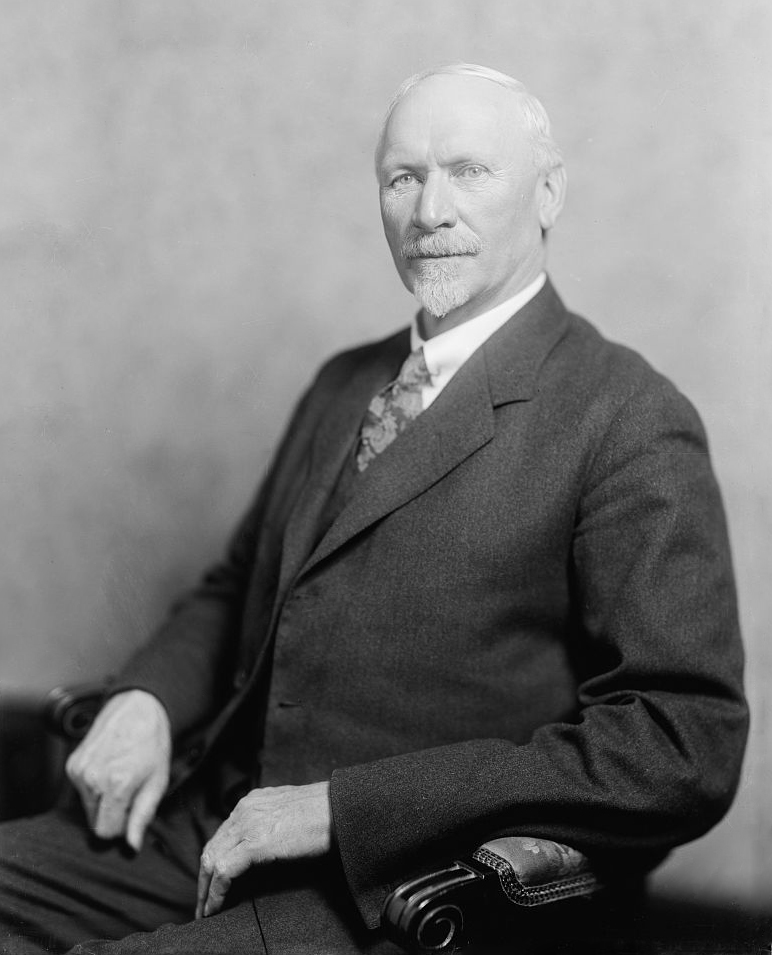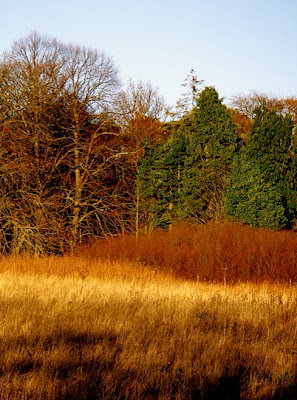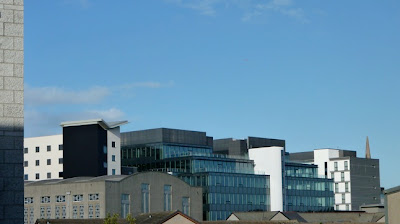Whereas once the freemen burgesses were subject to a ritual humiliation hazing ceremony at their initiation, were then required to pay the monarch for their position and were also obliged to take up arms and give their lives if necessary in defense of the burgh; today, those granted the freedom of the city must merely submit to an agreeable lunch at the Music Hall or Beach Ballroom. At which lunch we doubt very much whether the initiates are required to bare their arses for a doupin'. But - hey, who knows? Maybe they are.
There's a page on the Bugesses of Guild website which gives a list of the freemen of the city invested since the 19th Century. Mostly men - but there are some women, a handful of organisations (mostly military) and one ship(!). There are some fascinating highlights, which provide telling insights into the mindsets of the contemporary city worthies who made up the awarding committees. The bestowing of titles is, of course, subject to the fashions of politics, economics and sociology. So we can, to an extent, plot the direction of these concerns in the minds of the city fathers by having a look at the list of those who have received the honour.
Our eyes were firstly drawn to the racist South African statesmen Jan Smuts; white supremacist and advocate of racial segregation who was invested in 1942. Of black Africans Smuts said: "These children of nature have not the inner toughness and persistence of the European, not those social and moral incentives to progress which have built up European civilization in a comparatively short period."
He believed that black Africans were immature or incomplete as human beings, in need of the patronising guidance of white people - like 'special' children or clever pets. This was the white man's burden which he had manfully and heroically volunteered to take upon his shoulders, and for which it appears he was honoured by Aberdeen. Ugh.
 |
| Smuts |
He believed that black Africans were immature or incomplete as human beings, in need of the patronising guidance of white people - like 'special' children or clever pets. This was the white man's burden which he had manfully and heroically volunteered to take upon his shoulders, and for which it appears he was honoured by Aberdeen. Ugh.
In 1984, we attempted to put all that behind us by investing Nelson & Winnie Mandela. Good. Unfortunately, they did not show up for the ceremony.
The 'Freedom' title in the modern era is, of course, purely honorary and ceremonial; intended to show that the bearer has performed exceptional service to the city and the community. People like Andrew Carnegie, who endowed our Central Library and Thomas Johnston, socialist politician, long-serving chancellor of Aberdeen University and creator of the North of Scotland Hydro Electricity Board - fantastic! Other names to be proud of include John Mallard - who was instrumental in the development of magnetic resonance imaging (MRI) and positron electron tomography (PET) - and Dugald Baird who did much for the health and liberation of women through the advancement of reproductive health, access to family planning services and obstetrics via his position of Regius Professor of Midwifery at the University of Aberdeen. (Though there is a bit of innuendo around Baird with regard to his alleged interest in eugenics.)
But the granting of honours like these can lay bare a cravenness in the awarding body - a forelock-tugging obsequiousness which hopes that a bit of the sheen of the awardee will rub off on the city. An inversion of the concept of bestowing an honor; the process becomes one of seeking the honour of endorsement by a notable figure of the day. For this reason we see the honour being given to people who have never had anything to do with Aberdeen. People like Nelson Mandela, who we mentioned above, people like Sir Henry Morton Stanley ("Dr Livingstone, I presume") and Mikhail Gorbachev who, as far as we can see, was awarded the freedom of the city simply because he showed up one cold day in 1993. At least he did show up.
In recent years, we've also seen the honour being granted to showbusiness and sporting names; Alex Ferguson, for one. We also note that Buff Hardie, VIP (Very Important Pitmuxtonian) and some friends of his are Freemen of Aberdeen. We very much approve.
 |
| Looking Buff |
There she goes.
The awarding of the freedom to this artificial reef shows great foresight on the part of our city fathers, as today's predominant industry will, one day soon, become the world's largest archipelago of artificial reefs. Although this is not UK Oil & Gas' preferred route for the decommissioning of offshore oil and gas infrastructure - it is one which is already well-travelled. The oil-industry buzzword euphemism is 'derogation'.
 |
| Derogation in action |





















































